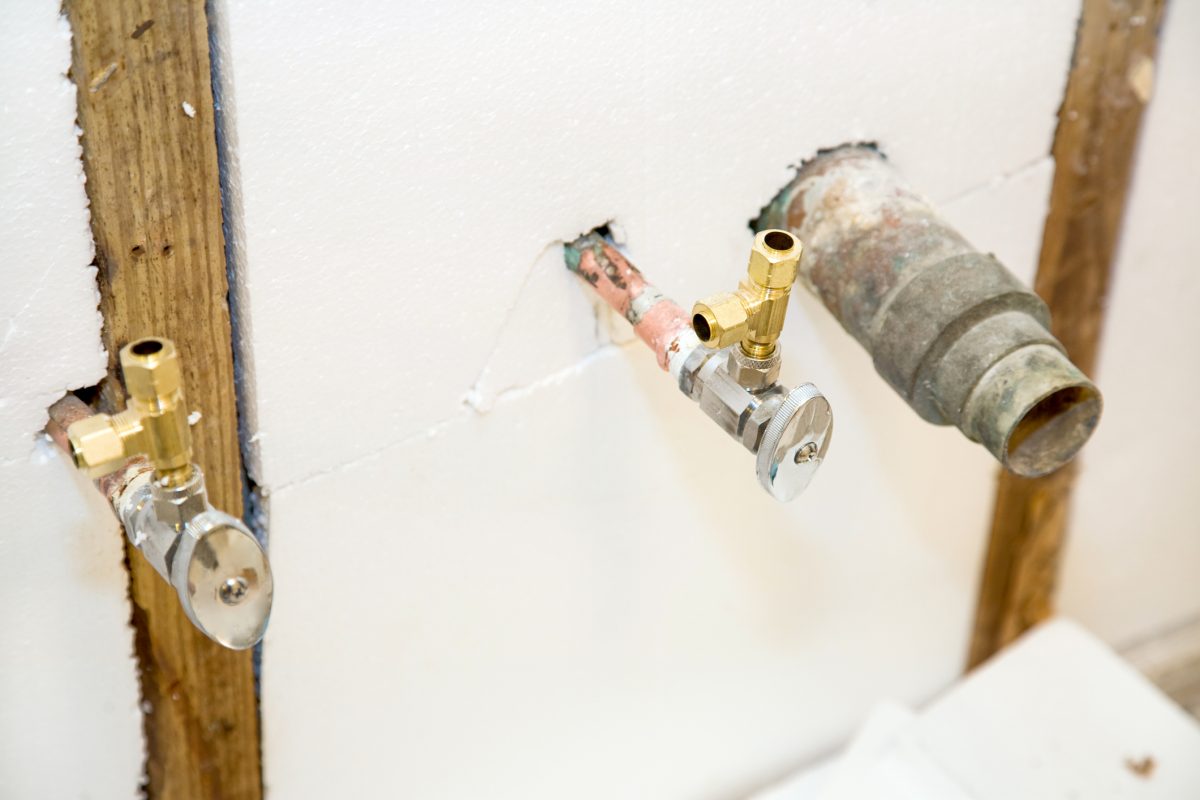Home inspectors look for safety issues, hazards and major defects. They’re limited in what they can say and determine about pests. If they see signs that pests could be present, such as wood rot or moist wood, they can definitely let you know, however, they are not experts in pest inspections. For that, you’ll need a professional pest inspector.
Common Pests
The most common pests of concern are termites, carpenter ants, powder post beetles and rodents. Things a pest inspector looks for to indicate an infestation include piles of wings, mud tubes (termite tunnels), bubbled or buckling paint, wood rot, moist wood (indicating wood-destroying fungi), rodent droppings and chewed wiring. The danger of these pests isn’t just that they eat wood, it’s that they cause structural damage that impacts the integrity of the entire home. If your home inspector notices these issues, he will note them in his report, however, it is up to the pest inspector to determine the extent and impact of the infestation. Sometimes, an inspector can see an infestation in an infrared scan and share that information with the pest inspector to help pinpoint the site of a potential problem.
Pest Inspection
Pest inspections are performed by a licensed pest inspector who is trained specifically in inspections for real estate transactions. Whether or not a pest inspection is required varies by state. In South Carolina, every real estate transaction currently requires a Wood Infestation Report called a CL-100. South Carolina is in a region of the country that ranks as high risk for subterranean termites, as do other southeastern states. Even if a state does not require an official pest inspection, the county where the property is located might or the mortgage lender might require one, especially for VA and FHA loans.
Your real estate agent or your home inspector can give you a list of preferred pest inspectors available in your area. It’s important to choose a high quality and reputable pest inspector for your home. The types of pests they look for are particularly destructive and can damage the structural integrity of the home, resulting in buckling walls or floors or even collapsing of floors or portions of the home.










